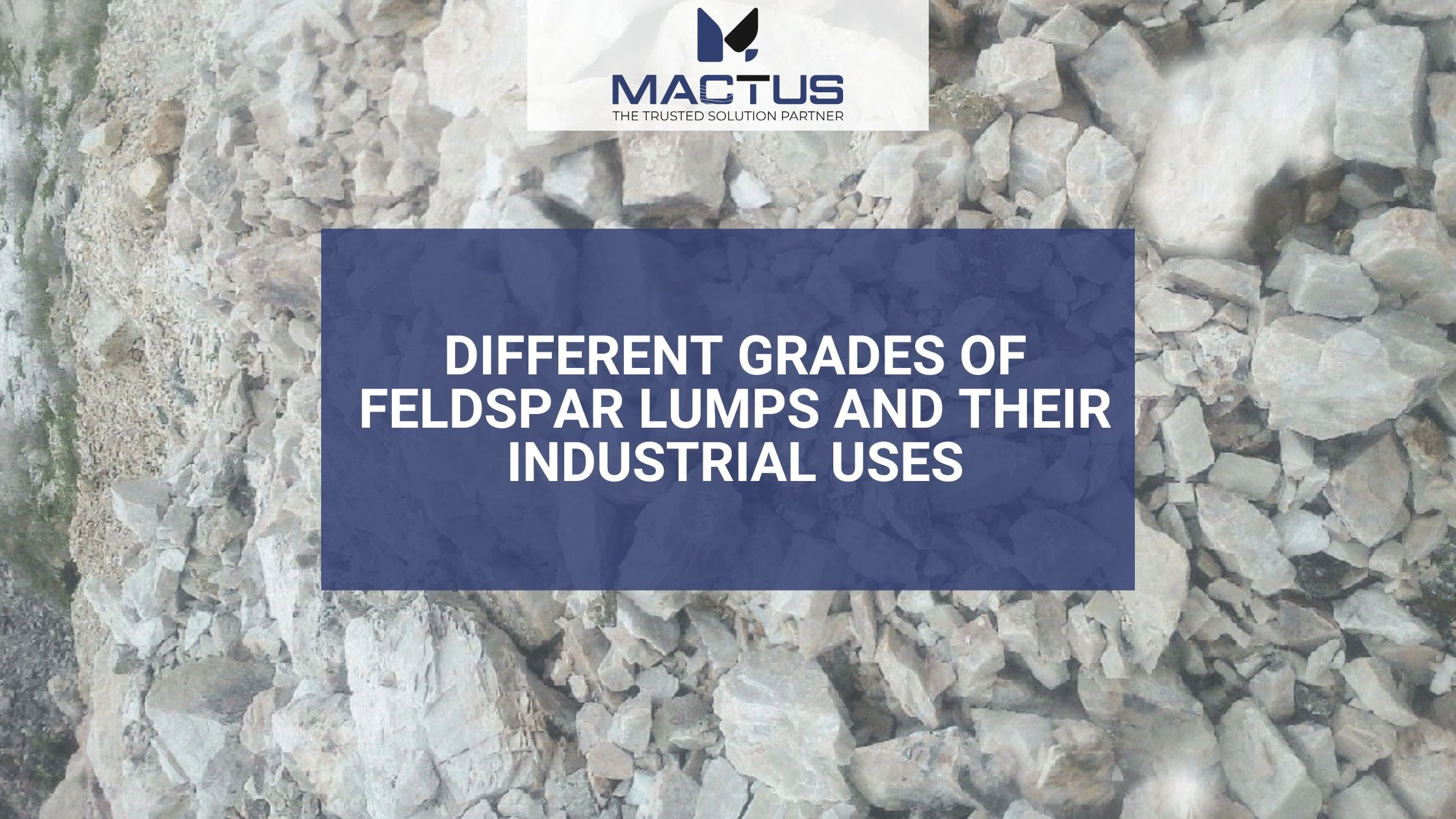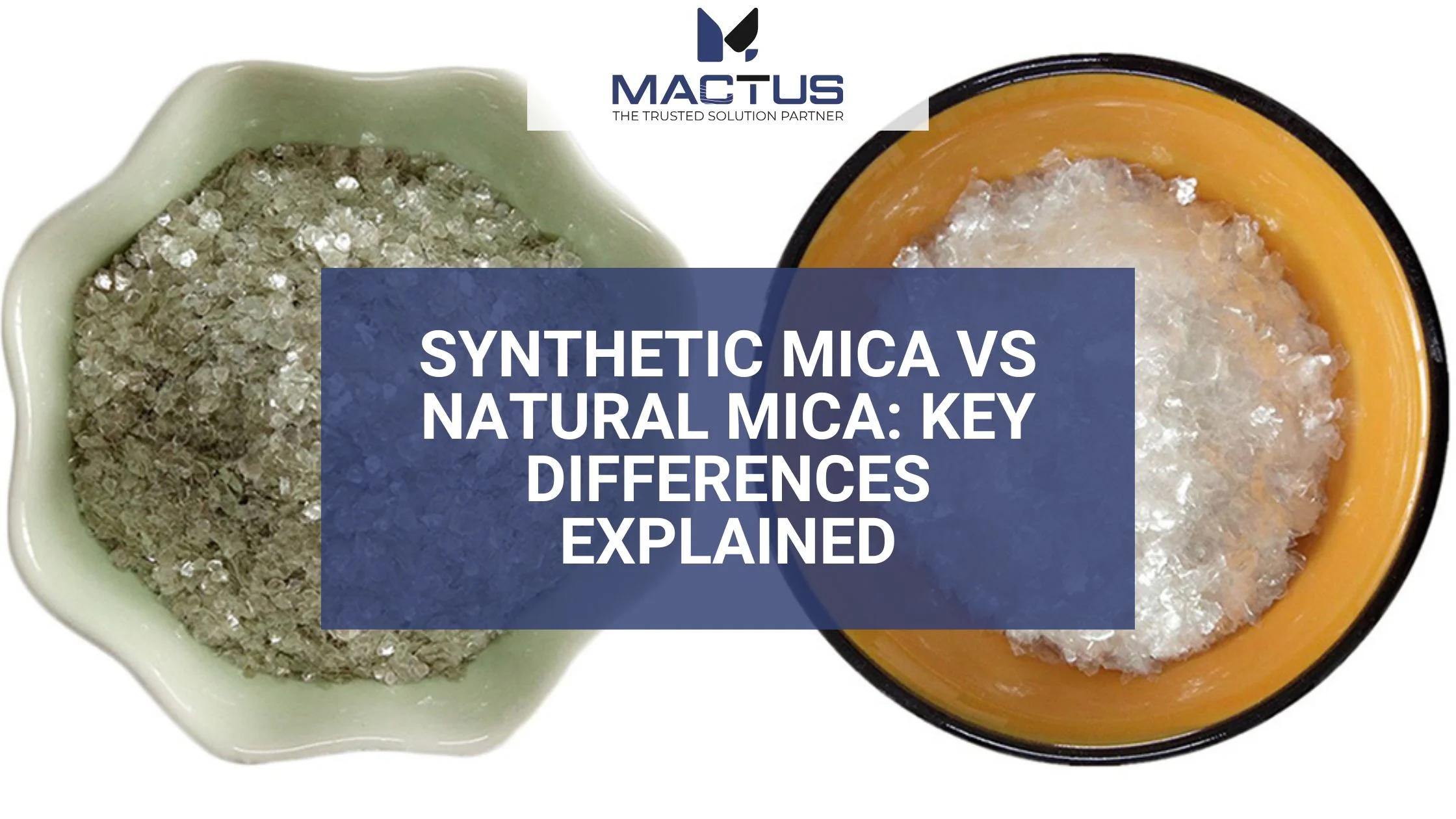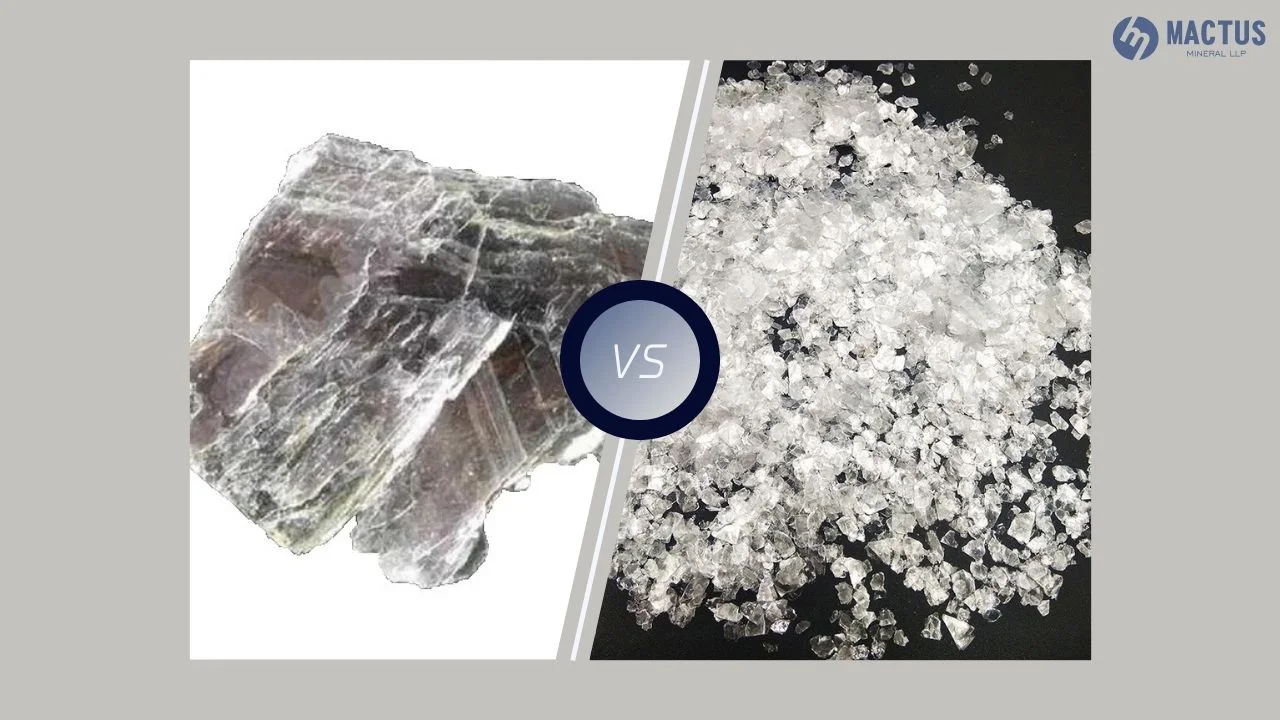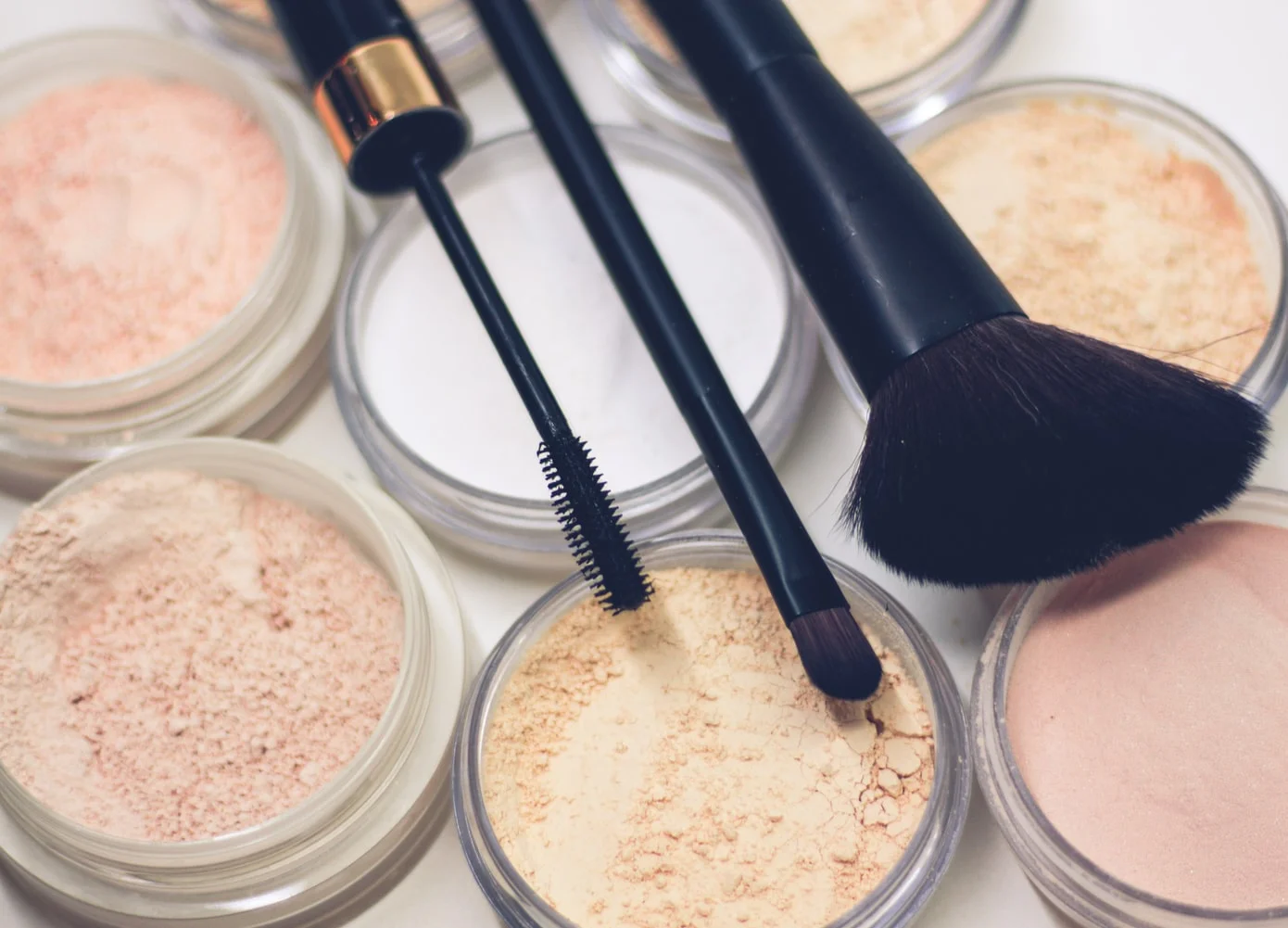

Connect With Our Team

Mica is a natural mineral that is known for its lustrous appearance, good thermal resistance, and good chemical stability. As a lightweight and water-resistant material, it is widely used in many industries like cosmetics, electronics and insulation because of its good dielectric strength. Not all the mica that was mixed with the paint was the same. It is of two main types including natural mica which is mined from the earth and synthetic mica which is manufactured in a controlled environment.
The application decided the choice between synthetic or natural mica, since both have their properties and benefits. Synthetic mica has also been produced for many years but is now enjoying popularity because natural mica is not pure and uniform. In this article, we explore the difference between these two types of mica in composition, color quality, texture, application and uses.

The natural mica is mined from these minerals and processed to be used in industries. Being a natural material it is composed of varying compositions sometimes with heavy metals or traces of radiation impurities. It has variabilities in its structure that affect its performance and appearance of it making it less predictable for other uses.
However, synthetic mica, or fluoro phlogopite engineered in the laboratory from a man-made material that has the properties of natural mica but with better consistency and purity, on the other hand. Synthetic mica is free from impurities which make it high in quality over disparate applications, as it is made under controlled conditions. This proves particularly valuable for high-end cosmetics or any industry requiring precision and safety, such as the electronics or aerospace industry.
The one thing to note is that natural mica is not uniform in color. Natural mica need not be perfect for use in products because it has impurities in it, which may cause slight discolorations in the finished product. In two applications cosmetics and automotive coatings, it can have problems in terms of preciseness of matching colors.
While synthetic mica has better color uniformity and purity, it is a better choice for premium beauty products, paints, coatings, etc. Just like its cousin, the red pantone color plays well with other colors and provides vibrant, bold and consistent shades that make it perfect for brand owners looking for consistent formulations.
Irregularly shaped particles with rough edges are some properties of natural mica that can influence the texture of cosmetic and industrial applications. Of course, uneven particles can impact smoothness; it makes a product less desirable in things like makeup and skincare. Moreover, for industrial applications such as insulation and coatings, rough textures may cause such inconsistencies in performance.
On the contrary, synthetic mica is produced with an immaculately smooth, neat texture. In particular for cosmetic, paint and high-performance coatings, where a clean finish is needed. In addition, the enhanced smoothness also results in a better adhesion, which makes synthetic mica a better option for beauty and decorative applications.
Since natural mica is a mined mineral, its quality can fluctuate significantly even within the same mine. Its composition is affected by such factors as the depth of extraction, mineral content and environmental conditions and thus needs processing and refinement to meet required standards.
Because synthetic mica is manufactured, it removes these inconsistencies from the products. Especially for scientific and electronic applications this reliability is essential since even small deviations in material properties of the product will result in failures.
Plus, natural mica may contain traces of natural radiation, a concern lesser known that’s related to its geological source. This is not always hazardous, but it is in sensitive applications such as medical devices, high-tech electronics as well as certain cosmetic formulations.
Being created in a lab, synthetic mica has zero radiation contaminant, thus being safer with applications that call for no contamination at all. For this reason, it tends to be the favorite of all hypoallergenic beauty products, precision electronics and scientific instruments.
| Feature | Natural Mica | Synthetic Mica |
| Origin | Mined from the Earth | Lab-created (Fluorophlogopite) |
| Color Consistency | Varies due to impurities | Uniform and vibrant |
| Particle Texture | Rough and uneven | Smooth and uniform |
| Quality Control | Inconsistent | Highly controlled |
| Presence of Impurities | May contain heavy metals | Free from impurities |
| Radiation Risk | May contain trace radiation | Radiation-free |
| Cosmetic Use | Natural sparkle but variable quality | Preferred for smooth and vibrant effects |
| Industrial Use | Suitable for insulation and coatings | Ideal for high-tech applications |
| Environmental Impact | Mining can cause an ecological impact | More sustainable when sourced properly |

Natural mica has been naturally used for electrical insulation, automotive parts and heat shields because of its high thermal resistance and dielectric properties. In paints, coatings, and lubricants it is used to improve durability and heat resistance. Furthermore, its use is not always the best choice for applications that require very high precision, due to impurities.
Synthetic mica is the material of choice for high-tech industrial applications in aerospace engineering, semiconductor manufacturing, and scientific instrumentation. This thermal stable electrically insulating impurity-free material is an important ingredient in optical windows, X-ray machines, and electronic devices.

Both types of mica are used in the beauty industry due to their shimmering properties. Lipsticks, eyeshadows, and highlighters commonly include natural mica to add a natural glow. However it can be quite irritating or cause uneven application if it’s not bundled or its inconsistent particle size and occasionally has impurities.
Luxury beauty product manufacturers prefer synthetic mica because it comes with higher shine, smoother texture, and hypoallergenic properties. The Technical grade is perfect for use on sensitive skin formulations because no trace heavy metals are present. However many premium makeup brands have started using synthetic mica so that they can ensure a safe, uniform and high-quality finish.

Natural mica is often used in arts and crafts, resin art and decorative coatings due to its organic, rustic shimmer. It is often preferred for the one-of-a-kind,’ unique, and raw appearance for handmade products.
However, in movies for high-end paint formulations, automotive coatings and premium decorative applications, synthetic mica is chosen. With its very refined texture and its vibrant color stability, it is a greatly superior choice for projects that require high gloss, durability and consistent appearance.
Your needs then decide between synthetic and natural mica. Synthetic mica serves as the best option for its applications that need high purity, uniformity, and safety enhancement to cosmetics, electronics and aerospace engineering. It yields better results, gives a good shine, and has good quality in all batches.
For crafts and insulation, and some industrial applications where minor impurities are okay, natural mica has a raw, natural sparkle. But such inconsistencies and the possibility that it can be unsafe in high-tech and premium applications keep it from being used in place of silicon for the most advanced chips.
Whatsapp Chatx
Hi! Click one of our representatives below to chat on WhatsApp or send us email to [email protected] [email protected]
 |
Mr. Vivek Rajpara +91 75750 53447 |
 |
Mr. Nikunj Vadaliya +91 98240 66283 |
